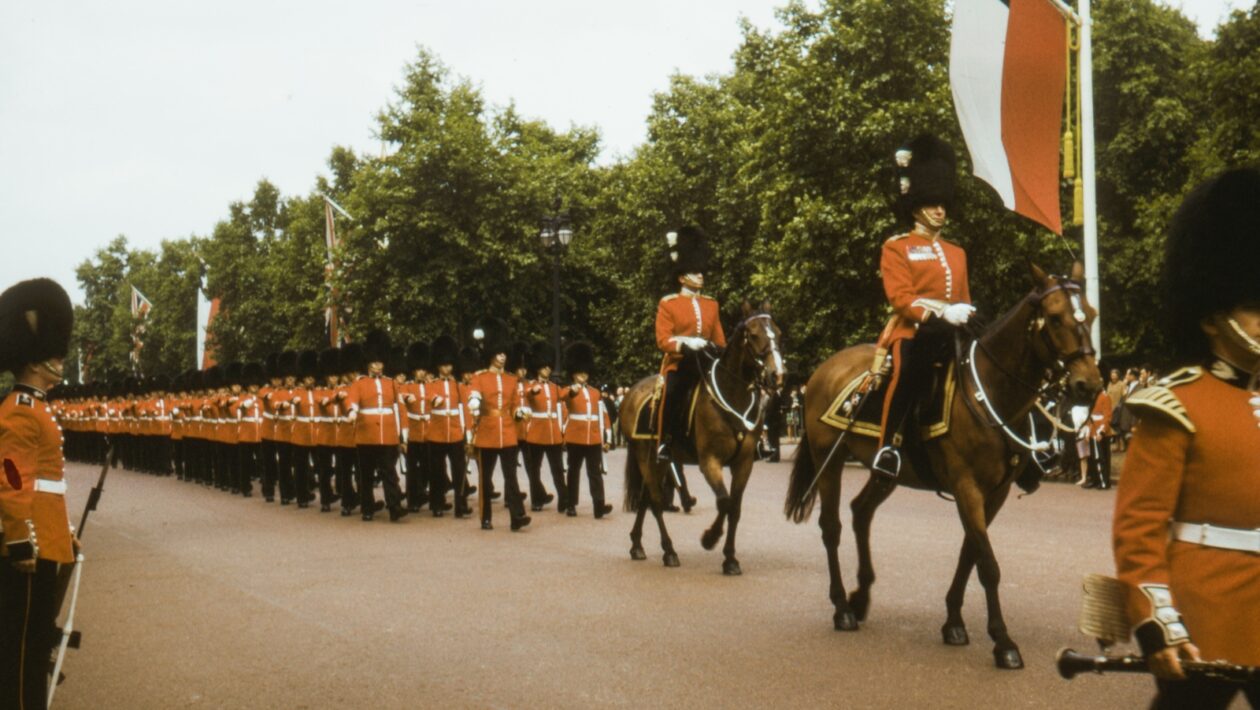Setting the Style Stage
The Elizabethan era (1558-1603) was a time of remarkable fashion innovation and influence, and much of this sartorial inspiration came from the royalty and nobility of the time. These elite figures were not only powerful leaders but also trendsetters who shaped the fashion landscape of their era and beyond.
Queen Elizabeth I: A Royal Trendsetter
At the heart of Elizabethan fashion was none other than Queen Elizabeth I herself. Known for her distinctive style, Queen Elizabeth was a fashion icon whose choices influenced courtly trends. Her iconic high forehead led to a trend of plucking or shaving the hairline to achieve the desired look, while her elaborate gowns and ruffs became benchmarks of elegance.
Royal Extravagance and Elaborate Attire
Royalty and nobility were known for their opulent fashion choices. Exquisite gowns made of sumptuous fabrics, adorned with pearls, gemstones, and intricate embroidery, showcased their wealth and status. These elaborate attires set the bar for sophistication, leading to the emulation of their style by those aspiring to climb the social ladder.
The Ruff: A Symbol of Nobility
The ruff, an iconic accessory of the era, was embraced by both royalty and the nobility. These elaborate collars framed the face and were often adorned with fine lace and intricate designs. The ruff not only demonstrated their refined taste but also highlighted their elevated status, making it a must-have accessory for those seeking to align themselves with the elite.
Innovative Hairstyles and Accessories
Hairstyles and accessories were other areas where fashion icons left their mark. Royal and noble women adorned their hair with jeweled combs, ribbons, and even miniature ships to celebrate naval victories. Elaborate headpieces and wigs were favored, often adorned with pearls and intricate designs that set them apart from the rest of society.
Masculine Elegance: Influence of Noblemen
Noble men were equally influential in setting fashion trends. Doublets with padded shoulders, wide ruffs, and distinctive legwear were signatures of the nobility. Their attire showcased a balance between masculine elegance and social distinction, setting the tone for the fashion preferences of the elite.
Exotic Influences and Global Exploration
The Elizabethan era coincided with a period of global exploration and trade. This influx of exotic materials and designs influenced the fashion choices of royalty and nobility. The incorporation of new textiles, patterns, and accessories showcased the interconnectedness of the world and reflected the elite’s appreciation for global aesthetics.
A Lasting Influence
The influence of Elizabethan fashion icons extended well beyond their time. Their choices paved the way for enduring fashion trends that continue to inspire designers and artists today. Elements of their style can be seen in contemporary interpretations, runway collections, and even costume design for film and theater.
Shaping Cultural Ideals
Fashion icons of the Elizabethan age were not just individuals with a keen eye for aesthetics; they were cultural influencers who helped shape ideals of beauty, elegance, and status. Their fashion choices became visual symbols of the era’s values and aspirations, leaving an indelible mark on the annals of history.
Legacy of Elegance
The fashion icons of the Elizabethan era left behind a legacy of elegance and refinement that continues to captivate and inspire. Their opulent attire, innovative accessories, and distinctive styles serve as reminders of an era where clothing was more than adornment; it was a means of expressing identity, power, and cultural sophistication.
Conclusion
The fashion icons of the Elizabethan age were more than individuals; they were cultural luminaries who set the stage for a revolution in style and elegance. Through their clothing choices, accessories, and hairstyling, they shaped the visual identity of their era and created enduring trends that continue to influence the world of fashion today. As we explore the legacy of these icons, we celebrate their role in transforming fashion into a form of art and expression.

